Often, when I tell people how I help small businesses, they say, "Oh, I get it! You're a project manager!" And while I do love a good project, that's not quite it. I live in the processes.
Processes and projects. They even start with the same 3 letters. They’re practically identical, right? Not so much.
Let’s unpack how projects and processes fit together...
Projects
Getting Things Done author, David Allen says, "Projects are defined as outcomes that will require more than one action step to complete and that you can mark off as finished in the next 12 months."
Really, David Allen? Everything with more than one action step is a project? That seems a bit dramatic.
But it turns out, it’s not. You might be tempted to consider something as simple as “writing this week’s blog post” as a task, rather than a project. But think of all those little steps that go into it: You pick a topic, you write a draft, someone on your team proofreads, you post it, you share it. You have to complete each and every step in the right order.
It’s a project.
And even if you still disagree, just go with me on this for now, for the sake of having clear definitions.
Processes
Comparing a project to a process isn’t like comparing apples and oranges. It’s more like comparing apples and ... fruit. Projects are completed as part of a process (and hopefully a repeatable and scalable one!).
If we take our “writing this week’s blog post” project above as an example, we would ideally be following a standardized process for how the team creates weekly blog posts. We would have already defined each of the steps that are done every time, the order in which they need to happen, and the approximate number of days needed for each step. Following the set process takes away any worry of forgetting a step or getting off-track on deadlines. You know you’ve already figured out the most efficient way to do it, and there’s no need for lots of team communication to figure out handoffs and what comes next because we’ve already decided ahead of time.
So...
A process is a framework for doing repeatable, multi-step work.
Every time you run through the steps of that process to achieve a particular outcome, you’ve completed a project.
Let’s play with this idea in a few commonplace examples:
You have a process for using your journal and cookbooks to do your weekly meal-planning and grocery shopping. This Sunday, you will use that process to complete a project called, “This week’s meal-plan and groceries.”
Your business has a process for onboarding new employees. Tomorrow, you will use that process to start a project called, “Onboard Andrea Baker.”
You have a process for packing for camping trips. Last weekend, you used that process to complete a project called, “Pack for camping in Flagstaff.”
What’s wrong with running a project without a process?
There’s nothing inherently wrong with doing a project without an overarching process. But if it’s a project you frequently do that is a core aspect of your business, you’re probably wasting precious time re-figuring-out how to do that thing each and every time. I’m willing to bet there are a lot of important things in your business you’re treating like unique projects when they really should be turned into processes. “Processified,” if you will.
So, no, you don’t always need to standardize the process. Sometimes you just do the project. But this one question will help shed some light on whether to standardize or not…
Will we need to do a project like this again in the future?
If so, you’ll want to work towards standardizing the process so you can do it awesomely (and efficiently!) in the future. You don’t have to get crazy about it, but jot down some notes about the steps you took. And then keep updating it as you and your team repeat it and get smarter. The future version of yourself will thank you.
If not, skip standardizing your process. There’s no need for you to document your small business’s process for setting up an LLC, because you’ll only need to do that once.
But even when you’re doing a one-time project, there are processes that can help:
If lots of other people have done this thing before, follow their process. You might as well use a tried and true method instead of re-inventing the wheel.
If your project is truly a unicorn, use a project-planning process like Seth Godin’s ShipIt Journal to walk you through all of the steps and considerations for your project. It’s like having a coach alongside you, asking you key questions as you create your project plan.
And don’t forget, processes are meant to evolve - don’t be afraid to edit them regularly. As Trainual Founder and CEO, Chris Ronzio says in his recent Inc article (follow him on Twitter):
“Think of your policies and procedures like the leaderboard on an arcade game. As soon as someone comes up with a better way to do something, it should rise to the top as the clear and obvious winner, and everyone should recognize it.”
The really cool thing is that after you complete a few of the same type of project and begin to standardize the process, it gets easier and easier. And that’s how you turn pro.
If you need help standardizing your processes to scale your business, Process Mentors would love to chat! Click here to set up a free initial call.


